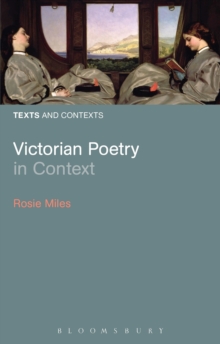
The Exquisite Corpse : Chance and Collaboration in Surrealism's Parlor Game Hardback
Edited by Kanta Kochhar-Lindgren, Davis Schneiderman, Tom Denlinger
Part of the Texts and Contexts series
Hardback
Description
In a parlor game played by the Surrealist group—the foremost avant-gardists of their time—participants made their marks on the quadrants of a folded sheet of paper: a many-eyed head, a distorted torso, hands fondling swollen breasts, snarling reptilian-dog feet descending from an egg-shaped midsection.
The “Exquisite Corpse,” as it was called, is still very much alive, having found artistic and critical expression from the days of the Surrealists down to our own.
This method has been used in collective artistic protocols as the “rules of engagement” for experimental art, as a form of social interaction, and as an alternative mode of critical thinking.
This collection is the first to address both historical and contemporary works that employ the ritual of the cadavre exquis.
It offers a unique overview of the efforts of scholars and artists to articulate new notions of crossing temporal and spatial boundaries and to experience in a new way the body’s mutability through visual, auditory, tactile, and kinesthetic frames.
Bringing together diverse writers from across disciplinary boundaries, this volume continues the cultural and methodological innovations that have unfolded since the first days of the “Exquisite Corpse.”
Information
-
Available to Order - This title is available to order, with delivery expected within 2 weeks
- Format:Hardback
- Pages:368 pages, 28 photographs
- Publisher:University of Nebraska Press
- Publication Date:01/12/2009
- Category:
- ISBN:9780803227811
Information
-
Available to Order - This title is available to order, with delivery expected within 2 weeks
- Format:Hardback
- Pages:368 pages, 28 photographs
- Publisher:University of Nebraska Press
- Publication Date:01/12/2009
- Category:
- ISBN:9780803227811










